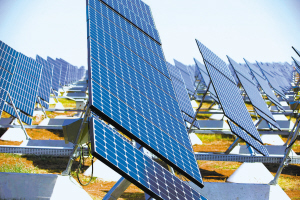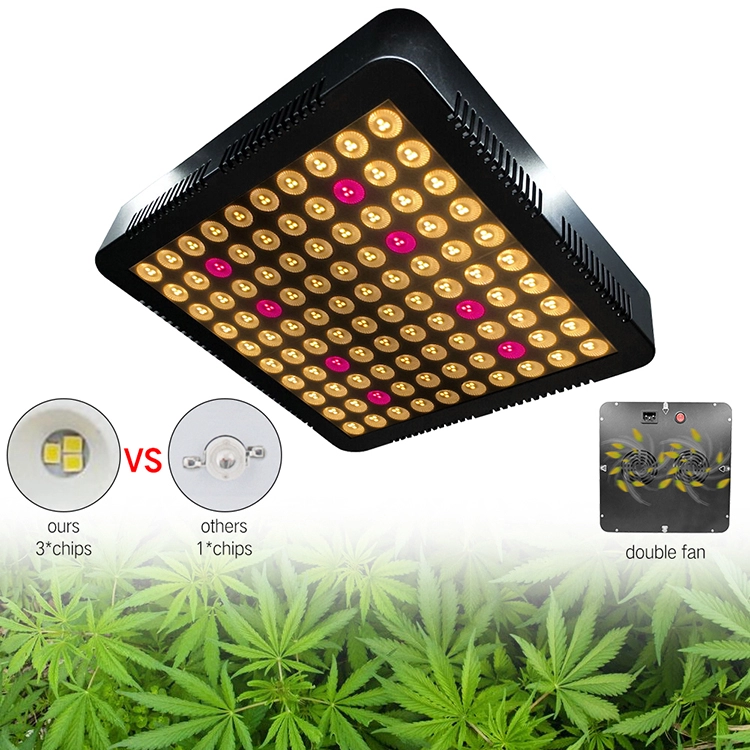 Photovoltaic leasing has implications for domestic use, but it is difficult to promote in the near future. China's PV subsidies are mainly based on FIT and the forthcoming distributed power subsidies, and lack of ITC and accelerated depreciation deductions and other leasing supporting policies. The existing electricity price system that is negatively related to the sales price and the sunshine resources is also not conducive to the development of the lease model. According to calculations, the economical nature of domestic PV leases is heavily dependent on power subsidies, but the issue of the amount of subsidies, the uncertainty of years, and the problem of subsidies arrears have affected the feasibility of PV leases.
Photovoltaic leasing has implications for domestic use, but it is difficult to promote in the near future. China's PV subsidies are mainly based on FIT and the forthcoming distributed power subsidies, and lack of ITC and accelerated depreciation deductions and other leasing supporting policies. The existing electricity price system that is negatively related to the sales price and the sunshine resources is also not conducive to the development of the lease model. According to calculations, the economical nature of domestic PV leases is heavily dependent on power subsidies, but the issue of the amount of subsidies, the uncertainty of years, and the problem of subsidies arrears have affected the feasibility of PV leases. The distributed demonstration project is the focus of the future development of domestic photovoltaic applications, and the marketization project will be difficult to start. Distributed demonstration projects will rely on administrative forces and power subsidy policies to rise rapidly. However, long-term investment returns for distributed marketization projects, unclear supporting subsidies, complex approval processes, and difficulties in network integration have affected public investment enthusiasm. Residents’ roofs are the focus of marketization projects. However, residents' electricity prices are lower than industrial and commercial electricity prices, and it is difficult to ensure self-use on working days. To ensure that self-use needs to increase energy storage, the possibility of government subsidies for energy storage is very small. The promotion of market-oriented projects in the future will rely on policies to improve the price of the Internet.
The introduction of distributed supporting policies will bring structural investment opportunities. At present, there are many promotion problems in the distribution. The significance of the follow-up policy is to increase the actual operating rules, eliminate the concerns of the owners, and increase the confidence of the investment. Policies that have not yet been clarified include: change of the approval of the project from the approval system to the filing system, the implementation period of the power subsidies, and the source of funding for renewable energy tariffs. If the established policies exceed expectations, or if the undisclosed policies are fulfilled, they will bring transactional investment opportunities to the photovoltaic sector. The near-term concerns are the "Implementation Measures for Distributed Photovoltaic Power Demonstration Zones and Standards for Electricity Price Subsidy" that will be introduced before and after **.
LED Grow panel include led grow light bar, Panel Grow Lamp, full spectrum led grow light works well for all plant growth, can replace sunshine light.
We can make red blue lighting and 4000k white lighting, many models panel grow light for you to choose.
Plant grow lamp is used in applications where there is no natural light or where supplementary light is required.
For example, in winter, when the possible hours of daylight may not be enough to achieve the desired plant growth.


Full Spectrum Panel,Panel Grow Lamp,Grow Light Bulb,Led Plant Light
Shenzhen Wenyi Lighting Technology Co., Ltd , https://www.szwenyigrow.com